In the ever-evolving world of content creation, one question that frequently arises is: "What is the best word count for an article?" This seemingly simple question has complex answers, influenced by factors such as the purpose of the article, the target audience, SEO considerations, and the platform on which the content will be published. Let’s delve into the various aspects that determine the optimal word count for an article.
Importance of Word Count in Article Writing
Word count plays a crucial role in the effectiveness of an article. It can impact the article's SEO performance, reader engagement, and overall readability. Articles that are too short may lack depth and fail to provide sufficient information, while excessively long articles can overwhelm readers and dilute the key message. Understanding the ideal word count for different types of content can help writers craft more effective articles that meet their objectives.
SEO Considerations
Search engines like Google favor content that is comprehensive and provides value to readers. According to a study by HubSpot, the ideal blog post length for SEO purposes is between 2,100 and 2,400 words. Longer articles tend to rank better because they cover topics in more detail, which can lead to higher user engagement and more backlinks. Additionally, longer articles often include more keywords, increasing their relevance for search engines.
Factors Influencing Optimal Word Count
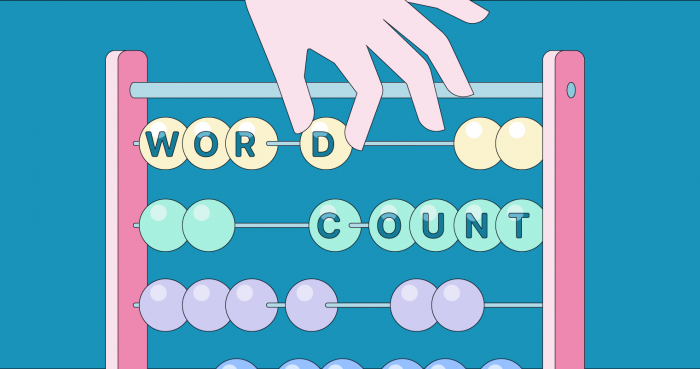
1. Purpose of the Article
◦ Informative Articles: For articles that aim to educate or inform, a word count of 1,500 to 2,500 words is generally recommended. This range allows for a thorough exploration of the topic while maintaining reader interest. Informative articles should provide in-depth explanations, data, and examples to effectively convey the message.
◦ News Articles: These typically range from 500 to 800 words. Conciseness is key in news writing, as readers seek quick and accurate information. News articles need to provide essential facts and context without unnecessary details, focusing on clarity and brevity.
◦ How-To Guides: These articles often perform well with 1,500 to 3,000 words, depending on the complexity of the subject. Detailed step-by-step instructions benefit from a longer word count. How-to guides should include comprehensive instructions, tips, and visuals to ensure readers can follow along easily.
2. Target Audience

◦ General Audience: For a broad audience, articles between 1,000 and 2,000 words are effective. This range balances detail with readability. General audience articles should be easy to understand, avoiding jargon and technical language.
◦ Specialized Audience: Niche topics or professional audiences may require more in-depth articles, often exceeding 2,000 words to cover the subject matter comprehensively. Articles for specialized audiences can include technical details, industry jargon, and in-depth analysis that would interest experts in the field.
◦ Age Group: The age group of the target audience can also influence the optimal word count. Younger audiences may prefer shorter, more engaging content, while older audiences might appreciate more detailed and in-depth articles.
3. Platform and Medium
◦ Blog Posts: The optimal length for blog posts varies widely but typically falls between 1,500 and 2,500 words. Blogs are often read by users seeking detailed information or insights on specific topics. Blog posts should be well-structured with clear headings, subheadings, and bullet points to enhance readability.
◦ Social Media Articles: Articles published on platforms like LinkedIn or Medium perform well with a word count of 1,000 to 1,500 words. These platforms cater to readers who prefer shorter, more digestible content. Social media articles should be engaging, with a strong opening to capture attention and concise, valuable information.
◦ Print Media: Articles for magazines or newspapers generally range from 800 to 1,200 words, balancing depth with the constraints of physical space. Print media articles should be succinct and to the point, with strong lead paragraphs to draw readers in.
4. Content Type

◦ Listicles: List-based articles, or listicles, often perform well with a word count of 1,000 to 2,000 words. Each item on the list should be detailed enough to provide value but concise enough to keep the reader engaged.
◦ Case Studies: Case studies can vary in length, typically ranging from 1,500 to 3,000 words. They should include detailed descriptions of the problem, the solution, and the results, supported by data and testimonials.
◦ Reviews: Product or service reviews usually range from 800 to 2,000 words, depending on the complexity of the item being reviewed. Reviews should provide a balanced analysis, including pros and cons, user experiences, and comparisons with similar products.
Benefits of Longer Articles
- SEO Advantages: Longer articles can cover topics more thoroughly, providing more opportunities for keyword usage and backlinks. They are more likely to be shared on social media and linked to by other websites, improving their SEO performance.
- Increased Engagement: Comprehensive content can increase time spent on the page, reduce bounce rates, and encourage social sharing. Detailed articles can keep readers engaged and provide more value, leading to higher satisfaction and repeat visits.
- Authority and Trust: Detailed articles can establish the author as an authority on the subject, building trust with readers. Providing in-depth knowledge and insights can enhance the author's credibility and reputation.
Challenges of Longer Articles
- Reader Fatigue: Excessively long articles can overwhelm readers, leading to lower engagement. It's important to break up the content with headings, subheadings, images, and bullet points to maintain reader interest.
- Content Quality: Maintaining high-quality writing throughout a lengthy article can be challenging. It’s important to ensure that every part of the article provides value and stays relevant to the topic. Avoid adding filler content that doesn't contribute to the main message.
Tips for Balancing Length and Quality
- Focus on Relevance: Ensure that every section of the article is relevant to the main topic. Avoid tangents and unnecessary details that can dilute the core message.
- Use Visuals: Incorporate images, infographics, and charts to break up the text and provide visual interest. Visuals can help explain complex concepts and keep readers engaged.
- Edit Ruthlessly: After writing the first draft, go through the article and trim any redundant or unnecessary content. Aim for clarity and conciseness without sacrificing depth.
Conclusion
Finding the Balance
The best word count for an article depends on various factors, including the purpose of the article, the target audience, and the platform. While longer articles generally perform better in terms of SEO and reader engagement, it's crucial to balance length with quality. An article should be as long as necessary to convey the message effectively, without adding unnecessary fluff.
By understanding the needs of your audience and the goals of your content, you can determine the optimal word count for your articles. Whether it’s a concise news piece or an in-depth guide, the key is to provide value, maintain reader interest, and ensure clarity throughout the article.




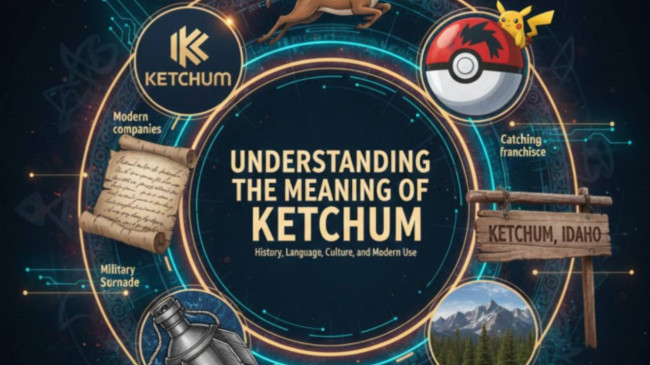

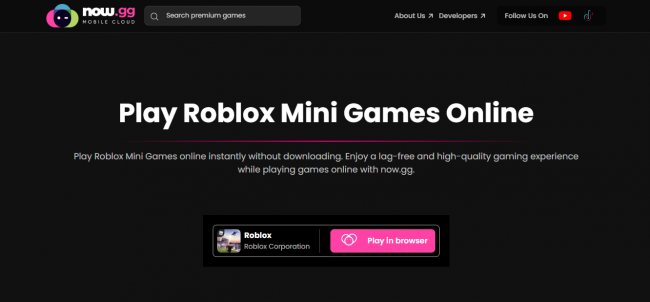
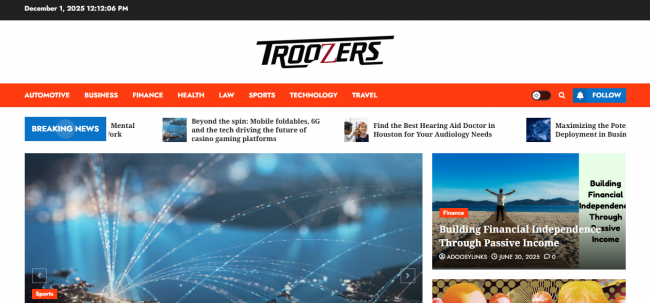
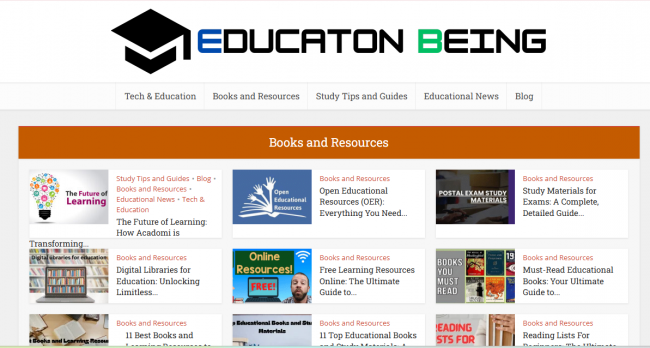
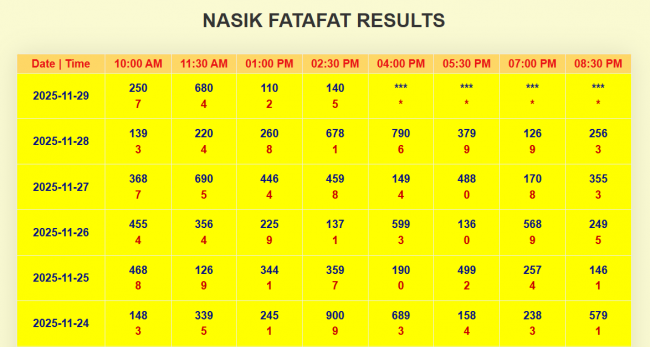
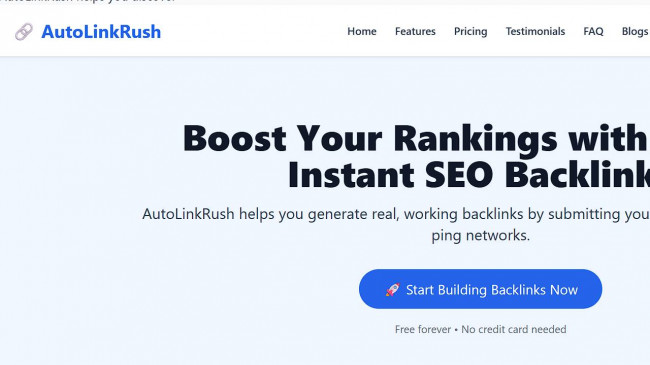
Comments